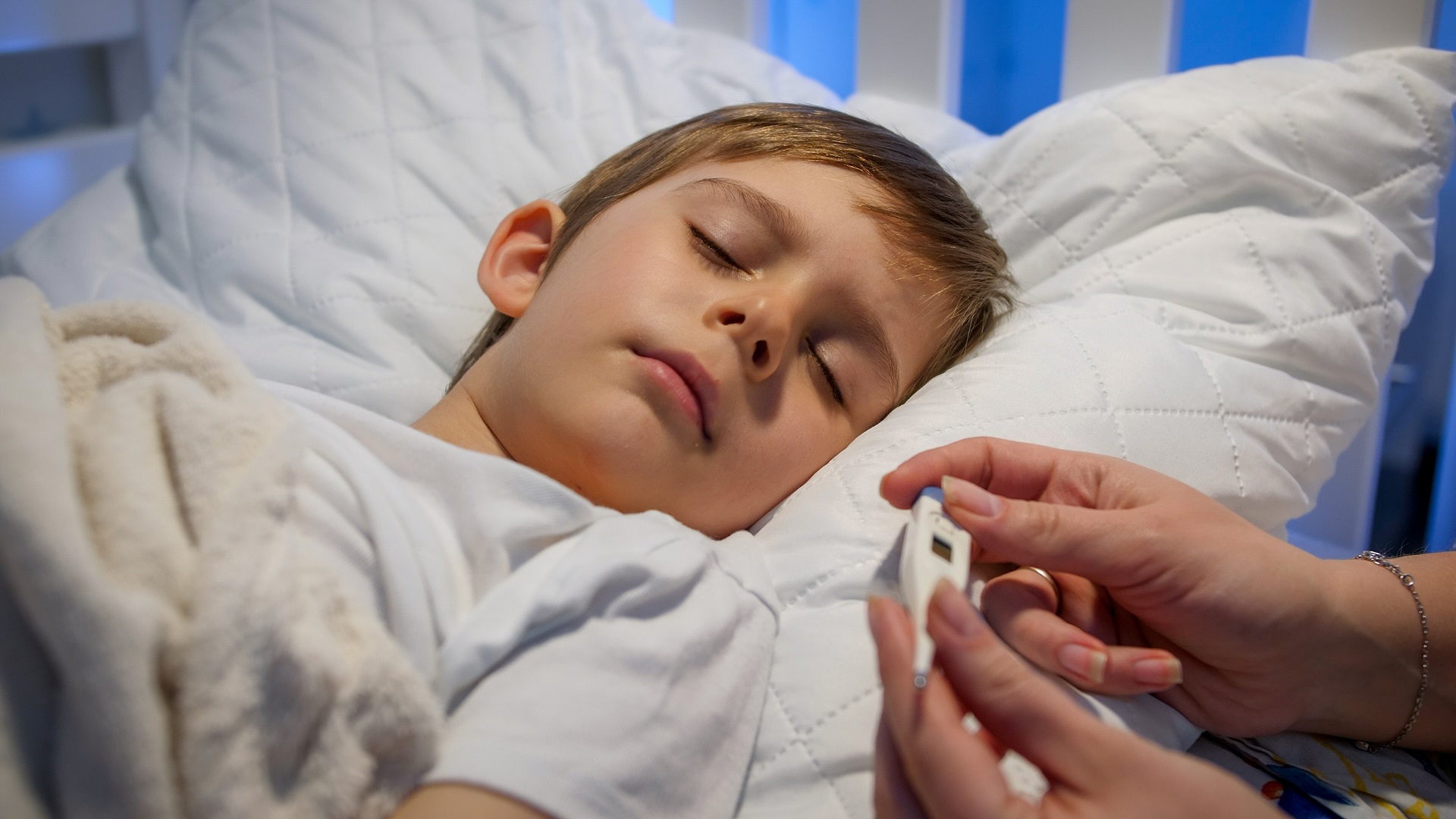Understanding Febrile Seizures: Risk Factors, Precautions & What Parents Should Know
Febrile seizure is a type of convulsion triggered by fever, most commonly in children between 6 months and 5 years old. Although they are generally not harmful, they can be frightening for parents, and there are certain risk factors for recurrence or complications. If your child has a history of febrile seizures, understanding the risk factors and taking proper precautions can help you manage the situation more confidently.


Major Risk Factors for Febrile Seizure Recurrence:
– Age <1 year
– Fever duration <24 hours
– Fever between 38-39°C (100.4-102.2°F)
Minor Risk Factors for Febrile Seizure Recurrence:
– Family history of febrile seizures
– Family history of epilepsy
– Complex febrile seizures (more than 15 minutes or recurrent within 24 hours)
– Daycare attendance
– Male gender
– Lower serum sodium at the time of presentation
Risk Factors for Subsequent Epilepsy After a Febrile Seizure:
– Simple febrile seizures: 1% chance
– Recurrent febrile seizures: 4% chance
– Complex febrile seizures (lasting more than 15 minutes or recurrent within 24 hours): 6% chance
– Fever <1 hour before febrile seizure: 11% chance
– Family history of epilepsy: 18% chance
– Complex febrile seizures (focal): 29% chance
– Neurodevelopmental abnormalities: 33% chance
Precautions for Parents with a History of Febrile Seizures:
1. Early Medication with Clobazam:
If there is a fever spike, consult your doctor about starting Clobazam at the prescribed dose and duration as early as possible to help reduce the risk of seizures.
2. Handling a Seizure Episode:
– Place the child in the left lateral position to ensure an open airway.
– Open the top few buttons of the child’s shirt to maintain airflow and avoid overcrowding.
– If the seizure stops within 1 minute, seek medical advice from a pediatrician.
– If the seizure continues beyond 1 minute, rush to the hospital for immediate help.
3. Use of Midacip Spray:
Learn how to use Midacip spray in advance. Keep it handy and administer it after 1 minute of seizure if the convulsion continues.
4. Avoid Myths and Misconceptions:
During a seizure, avoid common myths such as sprinkling water, beating the child, or using garlic or socks to stimulate the child. These methods are ineffective and could harm the child.
External Resources:
– [Febrile Seizures: What Parents Need to Know (HealthyChildren.org)] – [Febrile Seizures: Overview (Mayo Clinic)]
Related FAQ:
Q: What is a febrile seizure?
A: A febrile seizure is a convulsion triggered by a high fever in young children. It is typically harmless but can be scary for parents.
Q: What are the chances of my child developing epilepsy after a febrile seizure?
A: The risk of epilepsy after a simple febrile seizure is very low (1%). However, the risk increases with complex febrile seizures, neurodevelopmental abnormalities, or a family history of epilepsy.
Q: What should I do if my child has a febrile seizure?
A: Place your child in the left lateral position, maintain airflow, and monitor the seizure. If the seizure lasts longer than 1 minute, seek immediate medical attention.
Q: Can I prevent febrile seizures?
A: While febrile seizures can’t always be prevented, keeping a close watch on fever and managing it with medications like paracetamol or Clobazam (as prescribed by your doctor) can reduce the chances of a seizure.
Proper management and timely action can significantly reduce the risks associated with febrile seizures. If you have any concerns about your child’s health, consult Dr. Vinit Mehta, the best pediatrician in Vadodara, at Aashrey Child Clinic.

